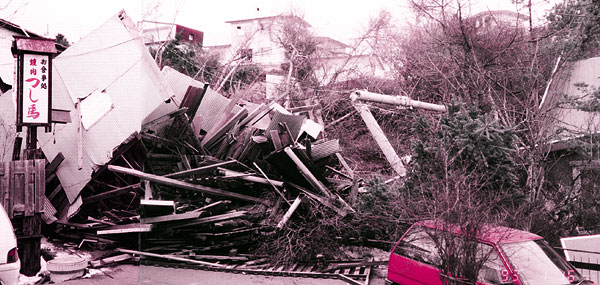熊本地震とラジコン。そして不謹慎狩りと過剰な自粛ラジコン

This Image is ranked 4 by BING for keyword 地震, You will find it result at Bing.com.
Picture Details FOR 熊本地震とラジコン。そして不謹慎狩りと過剰な自粛ラジコン 's IMAGE| TITLE: | 熊本地震とラジコン。そして不謹慎狩りと過剰な自粛ラジコン |
| IMAGE URL: | https://blogger.googleusercontent.com/img/b/R29vZ2xl/AVvXsEjlBLcYeM7r1L5uATrFDZ2oynbAoymQ99tWiMBXPqGXfWL-HaE6g3xcZlFHSk2FeNlfm6PuvnB6P1-1Aq6ywUPCxCXiQop9cf3ABX-KZGpTGyfFhnq9SzcVPSI8ykxBBU-F0EdyoV4lupc/s1600/kumamoto.png |
| THUMBNAIL: | https://tse1.mm.bing.net/th?id=OIP.2HUoG01V8gKOn0NDovnoUQHaEi&pid=Api&P=0&w=300&h=300 |
| IMAGE SIZE: | 946.6KB Bs |
| IMAGE WIDTH: | 967 |
| IMAGE HEIGHT: | 593 |
| DOCUMENT ID: | OIP.2HUoG01V8gKOn0NDovnoUQHaEi |
| MEDIA ID: | resitem-3 |
| SOURCE DOMAIN: | www.rcmonkey.jp |
| SOURCE URL: | https://www.rcmonkey.jp/2016/04/blog-post_993.html |
| THUMBNAIL WIDTH: | 474 |
| THUMBNAIL HEIGHT: | 290 |
Related Images with 熊本地震とラジコン。そして不謹慎狩りと過剰な自粛ラジコン
At least two perspectives of design undertaking are in step with the action-centric perspective. The two involve three common activities.熊本地震被害状況Kumamoto earthquake damage situation20160416② YouTube

1990年以降に道内で発生した震度5以上の地震 防災グッズ&非常

インサイト 観測機器 月探査情報ステーション
